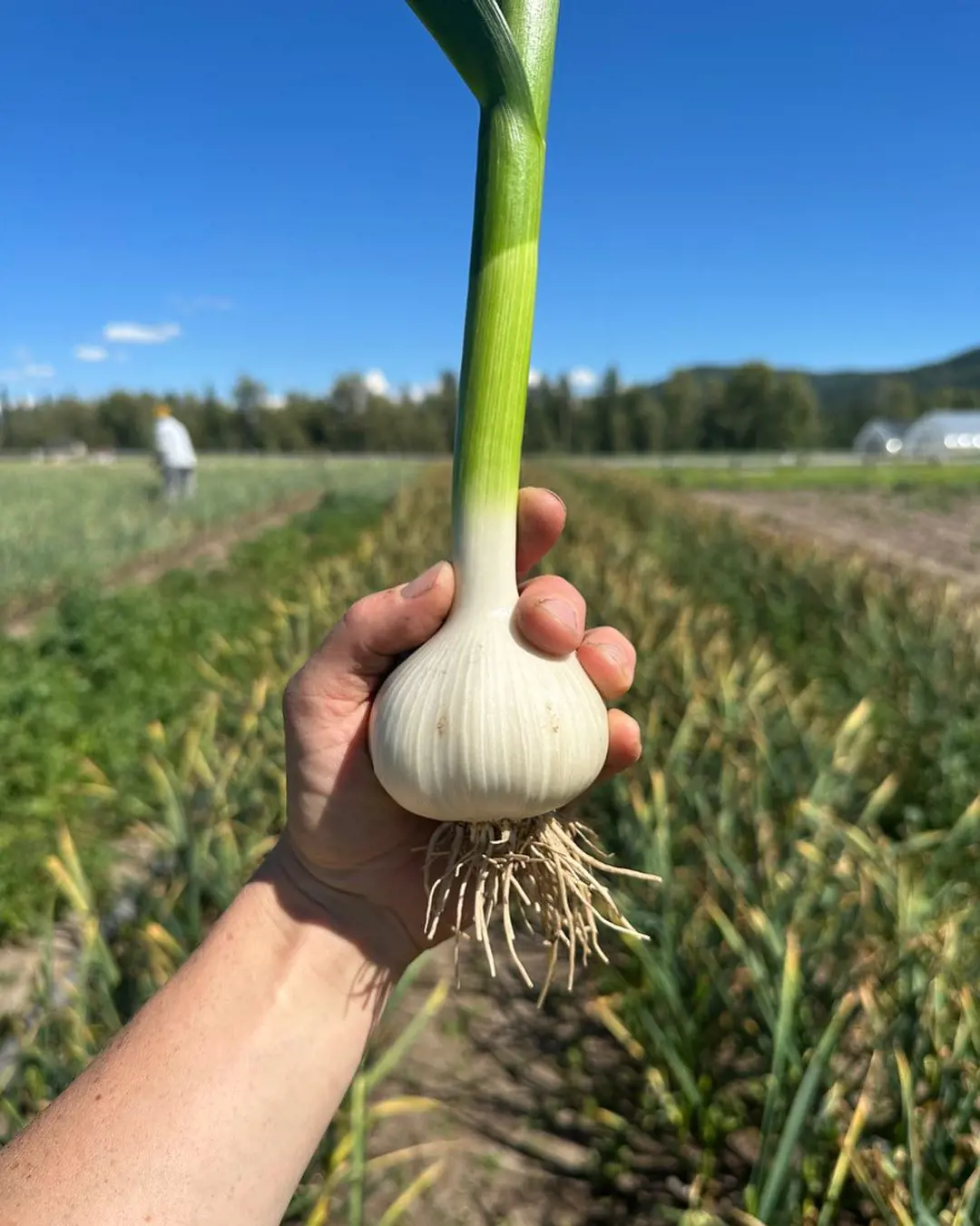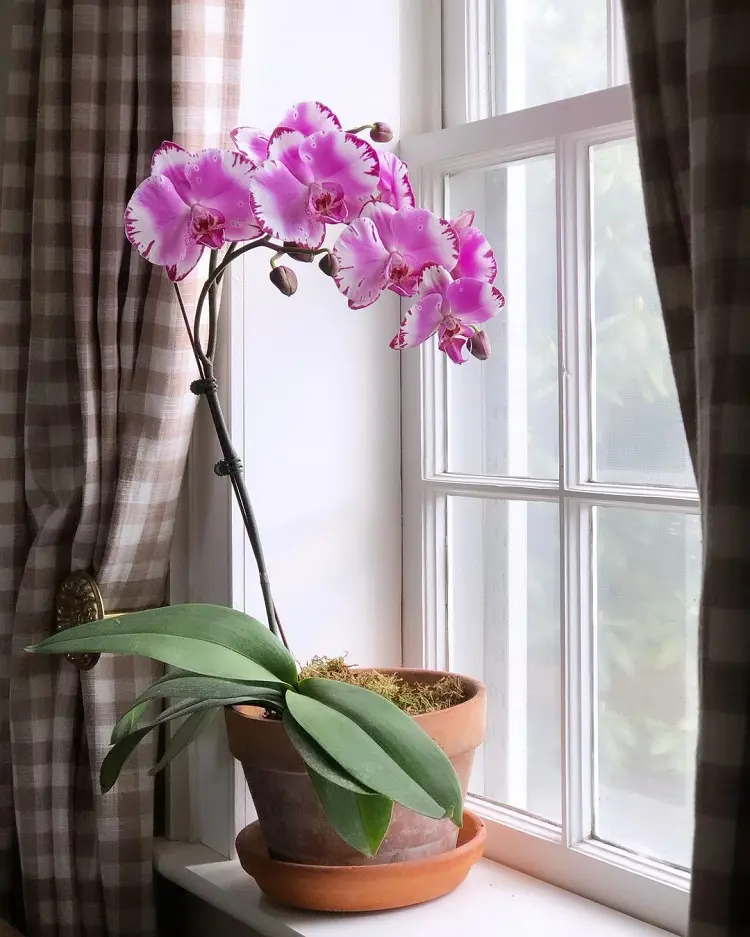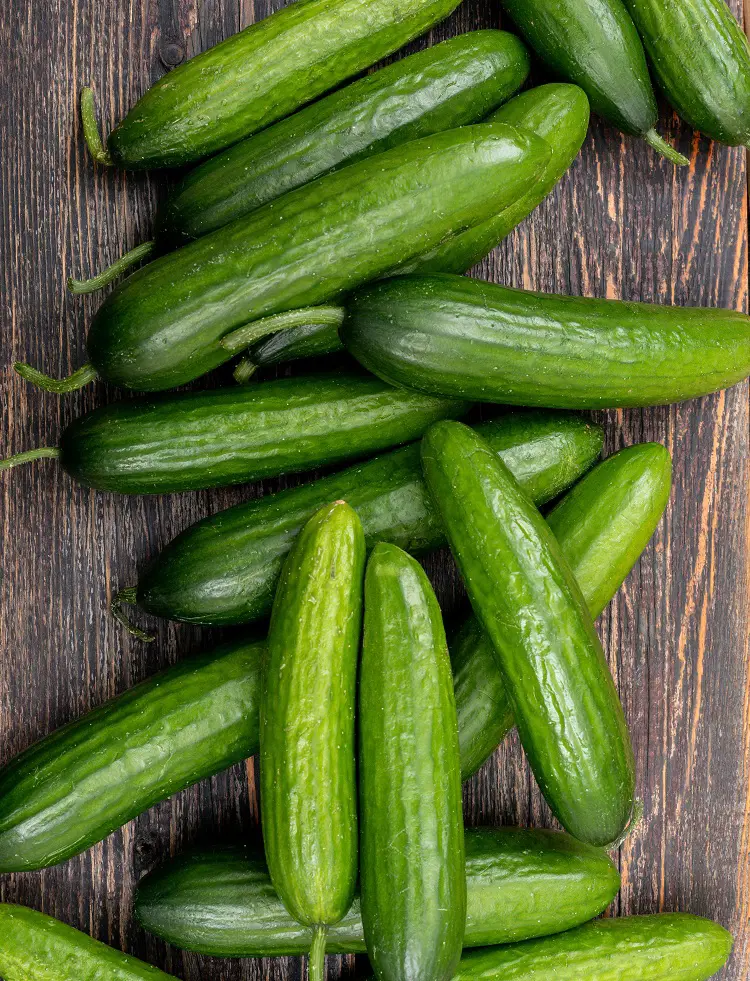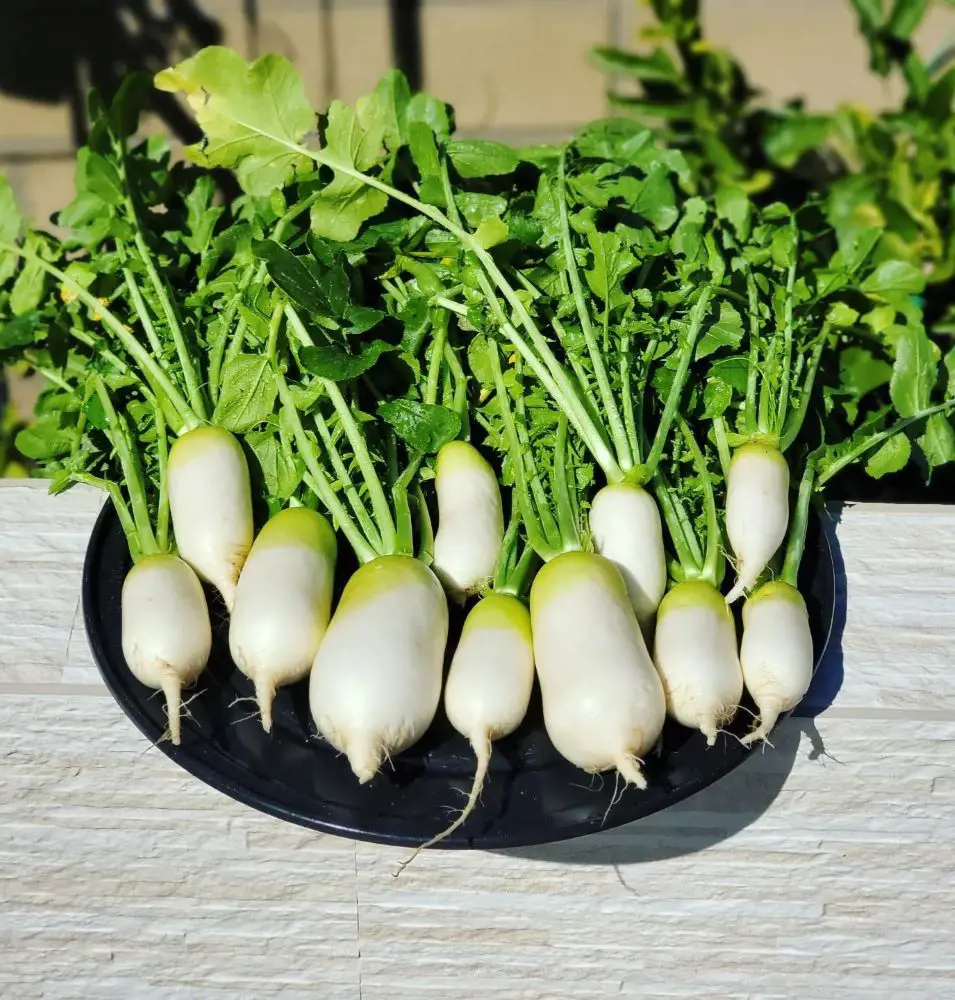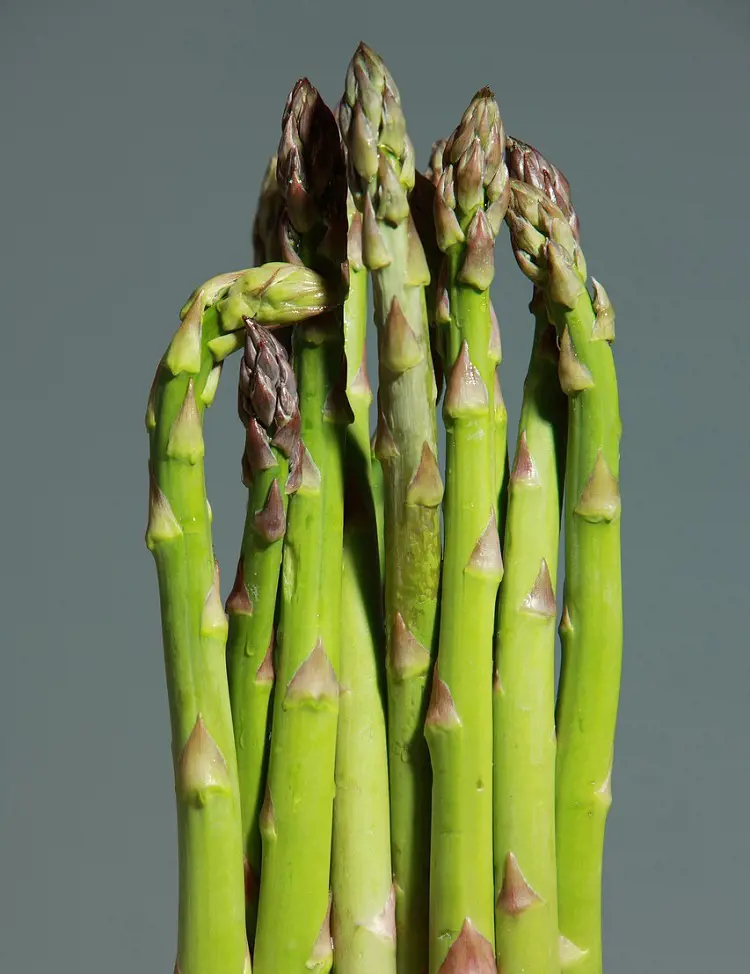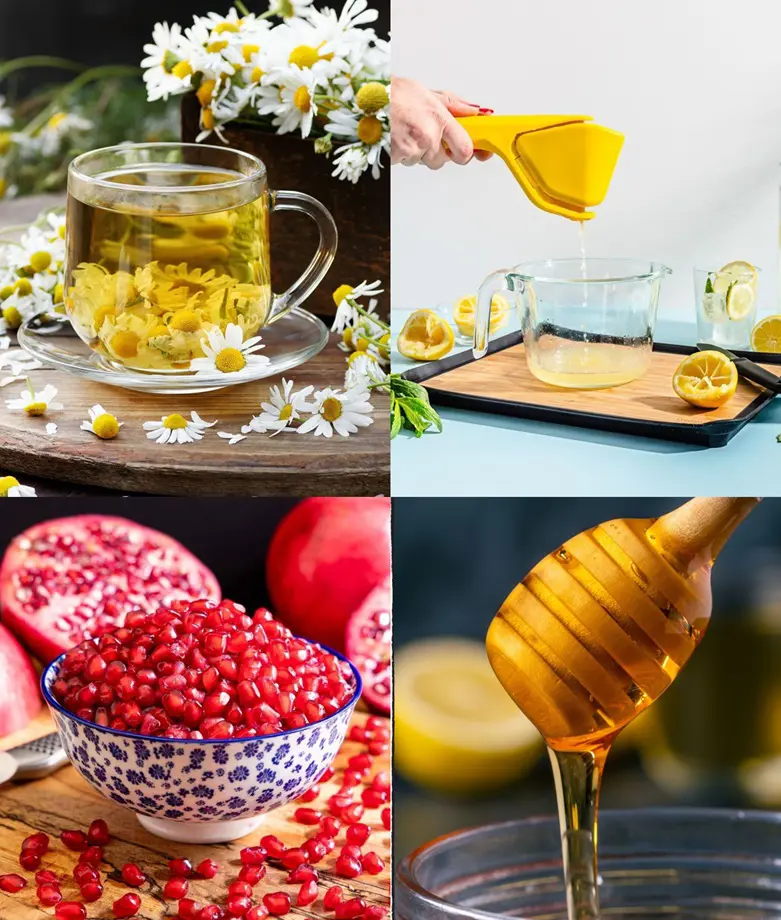How to Plant, Grow And Care For Spinach?

This post may contain affiliate links. If you make a purchase through links on our site, we may earn a commission.
Growing leafy greens in your backyard garden is both healthy and fun. Spinach can be the best leafy green to start with as it is relatively easy to grow from scratch and can be harvested in about a month from planting.
It thrives in spring or fall in most places. Spinach is an annual crop, meaning it completes its life cycle in a year. So, if you want fresh spinach, plant it in the right season, and just follow the guide below!
Spinach Overview
| Scientific Name | Spinacia oleracea |
| Common Name | Spinach |
| Family | Amaranthaceae |
| Type | Annual |
| Size | Up to 30 cm (12 inches) in height, Varies |
| Sunlight Requirement | Full sun to partial shade |
| Soil Type/pH | Well-drained, pH between 6.0 and 7.0 |
| Growing Season | Early spring, Late summer |
| USDA Growing Zone | Zones 2-11 |
| Native Area | Ancient Persia |
Planting Spinach
Spinach is a fast-growing vegetable that can grow well in full sun or light shade. To get the soil ready, mix in compost a week before planting. Another option is to prepare the soil in late summer or early fall, especially in mild winter regions, where you can also sow spinach seeds.
When To Plant Spinach
Plant spinach in early spring or late summer/early fall for optimal growth. In cooler climates, spring planting ensures spinach thrives in the cool weather it prefers. For warmer regions, fall planting takes advantage of milder temperatures. Sow seeds about 4-6 weeks before the last expected frost in spring or the first expected frost in fall.
Spinach prefers temperatures between 50-75°F (10-24°C) for germination. It's crucial to avoid extreme heat, as spinach bolts and goes to seed in hot conditions. This timing strategy ensures a bountiful harvest of fresh, nutritious spinach leaves during the cooler seasons.
How To Plant Spinach
To plant spinach, choose a well-drained location with full sun to light shade. Prepare the soil by adding compost a week before planting. For early spring, sow seeds 4-6 weeks before the last expected frost; for fall, sow before the first expected frost. Plant seeds about ½ inch deep, 2 inches apart in rows 12-18 inches apart.
Keep the soil consistently moist during germination. Once seedlings are established, thin them to 6-8 inches apart. Mulch around plants to retain moisture and suppress weeds. Regularly water, and fertilize every 4-6 weeks. Harvest when leaves are mature, usually within 4-6 weeks.
How To Grow Spinach
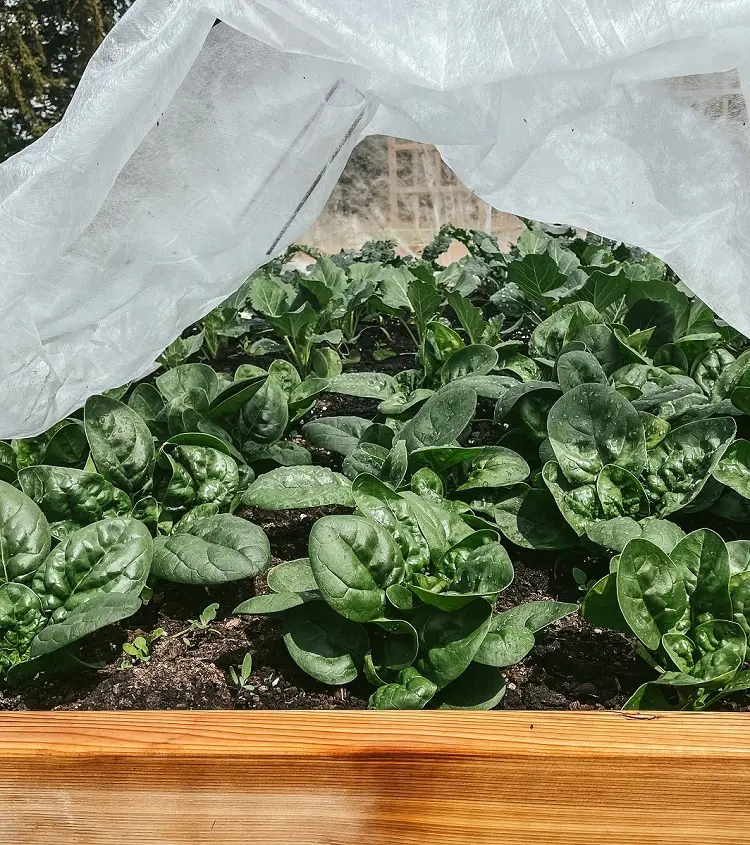
Spinach is the easiest vegetable to grow in pots as well as in the garden, growing spinach can be a rewarding experience, and there are several effective methods to ensure a successful harvest. Here are a few methods you can follow while growing this nutritious leafy vegetable:
Choose the Right Variety
Select a spinach variety that suits your climate and growing conditions. There are various types, such as smooth-leafed, savoy-leafed, and semi-savoy, each with its unique characteristics. For example, smooth-leafed varieties are easier to clean, while savoy types are more resistant to pests.
Ideal Soil Conditions
Spinach thrives in well-draining, nutrient-rich soil. Amend the soil with organic matter like compost to improve fertility and structure. A slightly acidic to neutral pH (6.0-7.0) is optimal. Adequate drainage prevents waterlogged roots, reducing the risk of diseases.
Proper Planting Time
Spinach is a cool-season crop and prefers cooler temperatures for optimal growth. Plant spinach in early spring or late summer/early fall. Sow seeds directly in the garden or start them indoors and transplant them when the seedlings are a few inches tall. Avoid planting during the heat of summer, as spinach tends to bolt in warm conditions.
Optimal Spacing and Watering
Plant these fast-growing seeds or seedlings with proper spacing to allow good air circulation and prevent diseases. Water consistently to keep the soil evenly moist. Mulching around the plants helps retain soil moisture, regulate temperature, and suppress weeds.
Provide Adequate Sunlight
Spinach requires at least 6 hours of sunlight daily for healthy growth. Plant in a location where it receives morning sun and partial afternoon shade in warmer climates. Adequate sunlight ensures proper photosynthesis, leading to robust and nutritious spinach leaves.
Manage Pests and Diseases
Keep an eye out for common pests like aphids and caterpillars. Use natural predators, insecticidal soaps, or neem oil to control pests. Practice crop rotation to minimize the risk of soil-borne diseases. Regularly inspect plants for signs of diseases, such as downy mildew, and promptly treat them with appropriate fungicides if necessary.
Spinach Care
Proper care is essential for spinach. Without adequate attention to factors like soil, water, and pest control, spinach may suffer from poor growth, bolting (premature flowering), susceptibility to diseases, and reduced nutritional value. Neglecting care can lead to a lower yield and compromised quality in the harvested spinach.
Light
For optimal growth, plant in an area with full sun to partial shade. Winter cultivars thrive in full sun during fall, needing at least three to four hours of direct sunlight. In contrast, summer varieties prefer partial shade to protect foliage from the intense sun.
This careful consideration of light exposure ensures the successful cultivation of spinach, whether in cooler seasons with abundant sunlight or warmer periods requiring some shade for protection.
Soil
Spinach thrives in well-draining, loamy soil enriched with organic matter. Ideal soil conditions for spinach cultivation include a pH close to neutral. This preference for a balanced soil composition ensures optimal nutrient absorption and root development.
Loamy texture facilitates proper drainage, preventing waterlogged conditions that can adversely affect spinach growth. By selecting soil that meets these criteria, gardeners create an environment conducive to the flourishing of spinach, promoting nutrient availability and overall plant health.
Water
To ensure optimal growth, spinach requires consistent and frequent watering, maintaining soil moisture without becoming waterlogged. In warm weather, regular watering is crucial to prevent bolting and the development of bitter-tasting flowers on the leaves. Aim for 1 to 1 1/2 inches of water per week, preferring frequent, shallow watering over deep watering sessions.
Applying a layer of mulch around the plants serves to prevent soil drying, aiding in moisture retention. These watering practices contribute to healthy spinach plants with flavorful, non-bitter leaves.
Temperature
Spinach thrives in temperatures ranging from 50 to 60 degrees Fahrenheit, with resistance to light frosts but susceptibility to damage in heavy freezes. High temperatures induce bolting and wilting of leaves, so avoiding excessive heat is essential for optimal growth.
Adequate air circulation and moisture maintenance help mitigate potential humidity-related issues. By cultivating spinach within the recommended temperature range and ensuring proper moisture levels, gardeners create conditions conducive to robust growth and minimize the risk of adverse weather-related effects on the plants.
Fertilization
Spinach grows fast and needs lots of nutrients. When planting, use a nitrogen-rich fertilizer as per the instructions to boost leafy growth. Keep following the package instructions to fertilize throughout the season. If you prefer organic options for spinach, try fish emulsion or soy meal. These help provide the necessary nutrients naturally for your spinach to stay healthy and produce vibrant leaves.
Harvesting Spinach
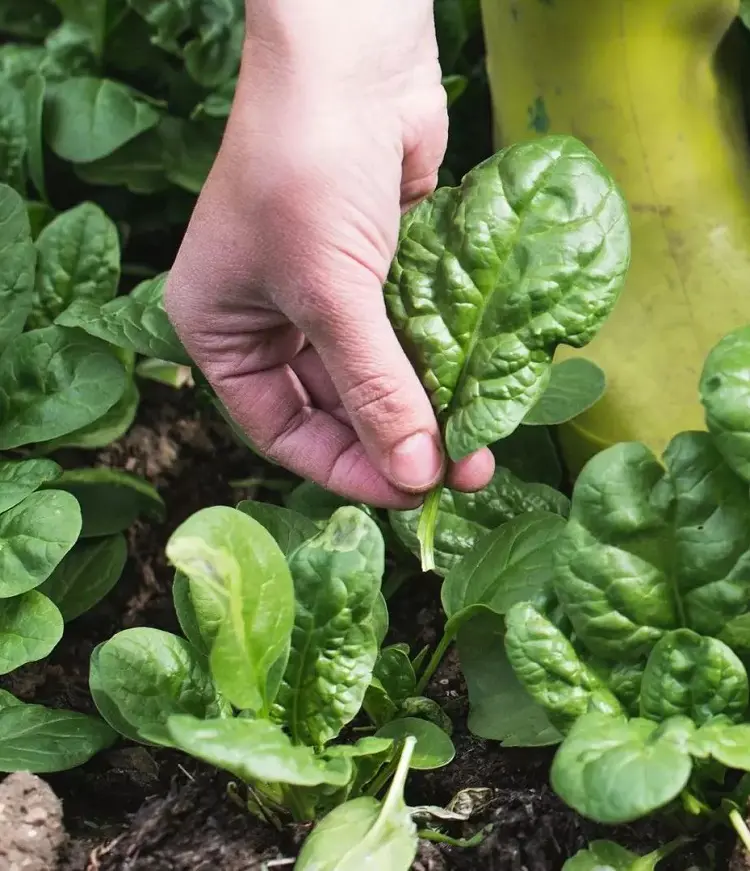
Harvest spinach when the leaves are sizable, typically around 6 inches long. Pick outer leaves first, allowing inner ones to keep growing. Harvest before the plant bolts (produces flowers), which happens in warmer weather. Early morning is ideal, as the leaves are crisp. Regular harvesting promotes continuous growth, ensuring a fresh and abundant spinach harvest.
How To Harvest Spinach
To harvest spinach, wait until the leaves are around 6 inches long. Begin by picking the outer leaves, using scissors or gently snapping them off at the base. Allow inner leaves to keep growing for future harvests.
Harvest in the early morning when leaves are crisp. Be sure to collect the spinach before it bolts in warmer weather. Regular harvesting encourages ongoing leaf production for a continuous and fresh supply.
How To Store Spinach
Store spinach properly to maintain freshness. First, remove any damaged or wilted leaves. Rinse the spinach in cold water and dry it thoroughly using a salad spinner or paper towels. Store in a perforated plastic bag in the vegetable crisper drawer of the refrigerator.
Alternatively, wrap the spinach in a damp paper towel and place it in a plastic bag. Consume within a week for the best flavor and quality.
Spinach Varieties
There are several varieties of spinach that you can consider growing. Each variety may have slightly different flavors, textures, and growth characteristics. Here are some popular varieties of spinach:
1. Bloomsdale Spinach: This is a classic heirloom variety with crinkled leaves and a rich, savory flavor.
2. Savoy Spinach: Known for its dark green, crinkled leaves, Savoy spinach is a flavorful variety that is often used in salads and cooked dishes.
3. Tyee Spinach: This variety is resistant to bolting (premature flowering) and is known for its glossy, dark green leaves. It's a popular choice for both fresh eating and cooking.
4. Space Hybrid Spinach: Developed for its ability to grow well in limited space, this variety is compact and suitable for container gardening.
5. Melody Spinach: Melody is a fast-growing, disease-resistant variety with smooth, dark green leaves. It is well-suited for both spring and fall plantings.
6. Regiment Spinach: This variety is known for its bolt resistance, making it a good choice for warmer climates or late spring plantings.
7. Indian Summer Spinach: Another heat-tolerant variety, Indian Summer spinach, is suitable for growing in hot weather.
8. Giant Winter Spinach: As the name suggests, this variety is known for its larger leaves and is well-suited for overwintering in mild climates.
Problems While Growing Spinach
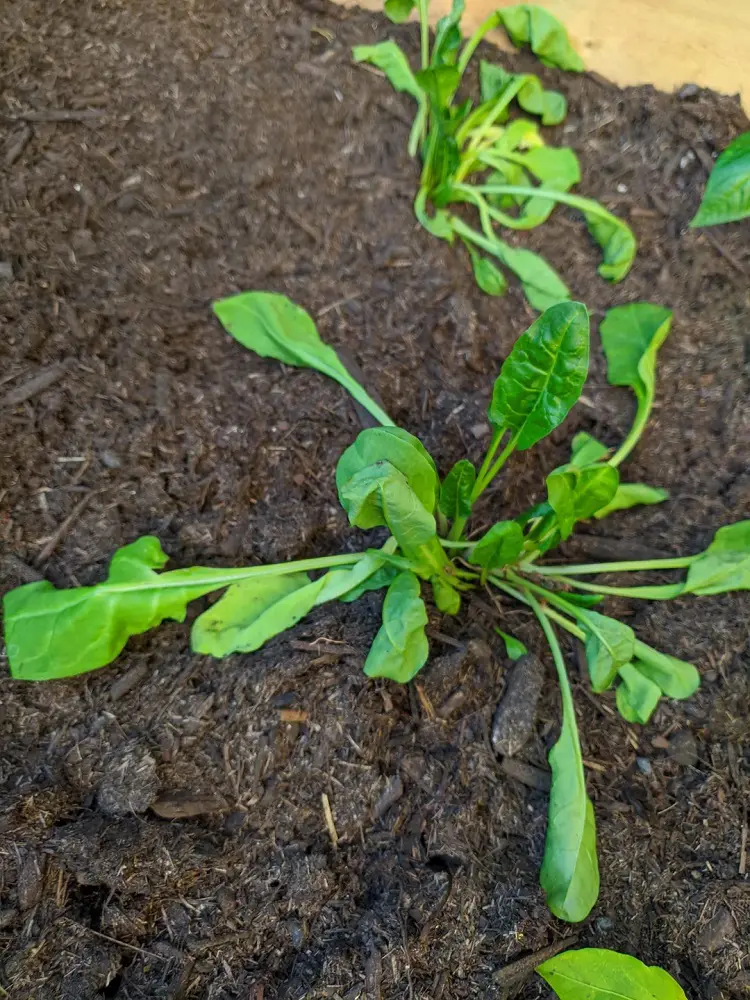
Growing spinach can be a rewarding experience, but like any plant, spinach may encounter certain problems. Here are some common issues you might face while growing spinach along with relevant solutions:
Bolting (Premature Flowering)
- Problem: Spinach tends to bolt and produce flowers prematurely, especially in warm weather.
- Solution: Choose bolt-resistant varieties, plant in cool seasons (spring or fall), provide shade during hot periods, and harvest promptly.
Downy Mildew
- Problem: Downy mildew is a common fungal disease affecting spinach, causing yellowing and browning of leaves.
- Solution: Ensure proper spacing for good air circulation, avoid overhead watering, and choose disease-resistant varieties. Fungicides may be applied if the problem persists.
Leaf Miner Damage
- Problem: Leaf miners can create tunnels in the leaves, leading to discoloration and reduced plant vigor.
- Solution: Remove affected leaves, use floating row covers to prevent adult flies from laying eggs, and practice crop rotation.
Slugs and Snails
- Problem: These pests can chew on spinach leaves, leaving irregular holes.
- Solution: Use slug traps, diatomaceous earth, or copper barriers. Handpick slugs and snails in the evening when they are most active.
Poor Germination
- Problem: Spinach seeds may have low germination rates, especially in warm soil.
- Solution: Plant spinach in cooler temperatures, keep the soil consistently moist, and consider presoaking seeds before planting.
Leaf Spot Diseases
- Problem: Various fungal and bacterial pathogens can cause leaf spot diseases on spinach.
- Solution: Practice good garden sanitation, provide adequate spacing for air circulation, and consider applying fungicides if necessary.
Nutrient Deficiency
- Problem: Spinach may show signs of nutrient deficiencies, particularly nitrogen.
- Solution: Amend the soil with well-rotted compost or a balanced fertilizer. Ensure proper soil pH for nutrient availability.
Pests like Aphids
- Problem: Aphids may attack spinach, sucking sap from leaves and causing distortion.
- Solution: Use insecticidal soap or neem oil, encourage natural predators like ladybugs, and hose off aphids with a strong stream of water.
Overcrowding
- Problem: Planting spinach too closely can lead to poor air circulation and an increased risk of diseases.
- Solution: Thin seedlings to the recommended spacing, providing adequate room for each plant to grow.
Recent posts
How To Grow
How To Grow
How To Grow Garlic
A bulbous member of the onion family, garlic is prized for both its potent flavor and a variety of therapeutic applications. Due to its relative ease of cultivation, it is a favorite among home gardeners and a pioneer in kitchens worldwide. Garlic ma...
How To Grow
How To Plant and Grow Orchids
Orchids are one of the prettiest and most interesting flowers out there, with over 30,000 types and 200,000 hybrids. They are one of the biggest families of plants and can grow indoors or outdoors. However, growing and taking care of orchids is not e...
How To Grow
How To Plant, Grow And Harvest Corn All By Yourself
Growing your popcorn or sweet corn at home garden can seem like an interesting idea. However, it requires a large amount of space to grow as it is a tall plant that needs plenty of room to spread out. But, if you want to enjoy freshly popped po...
How To Grow
How To Plant, Grow And Care Cucumbers
Growing cucumbers is like going on a fun journey where you get to plant and pick your very own crunchy veggies. It's not just about having tasty cucumbers, it's also about the joy of seeing your plants grow. Whether you have a big garden or a small b...
How To Grow
How To Plant, Grow And Care Radishes In Your Garden
Growing radishes in your garden is a fantastic way to enjoy crisp and peppery veggies that you've nurtured from seed to plate. It's a straightforward process that anyone can try, even if you're new to gardening. In the following 12 steps, we'll guide...
How To Grow
How To Plant, Grow And Care Asparagus In Your Backyard
People love asparagus in spring and summer because it's one of the first veggies to pop up, and the fresh spears taste amazing. Besides being tasty, it's super healthy, loaded with vitamin B, vitamin C, calcium, and iron. Growing asparagus might soun...
